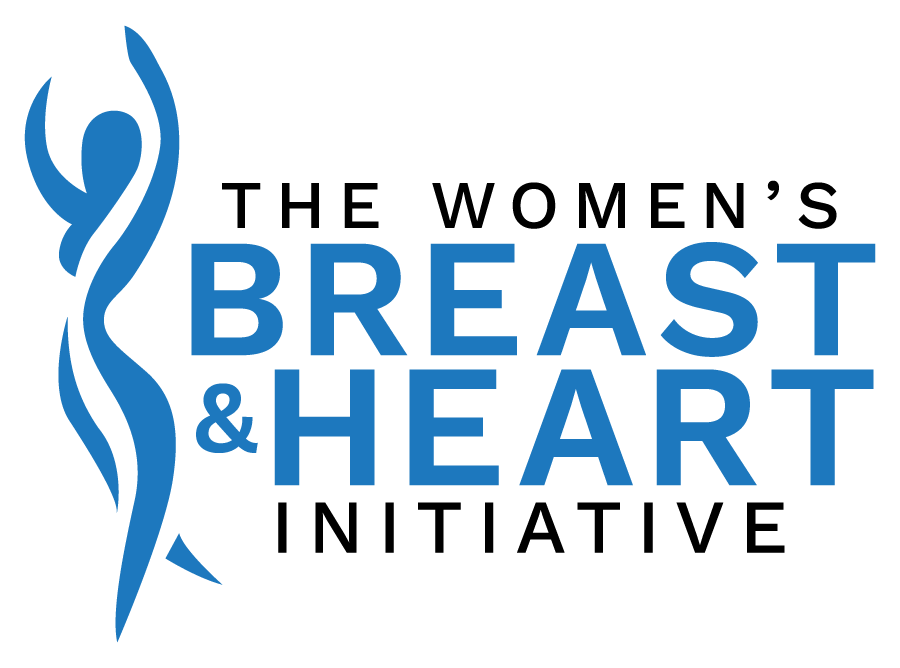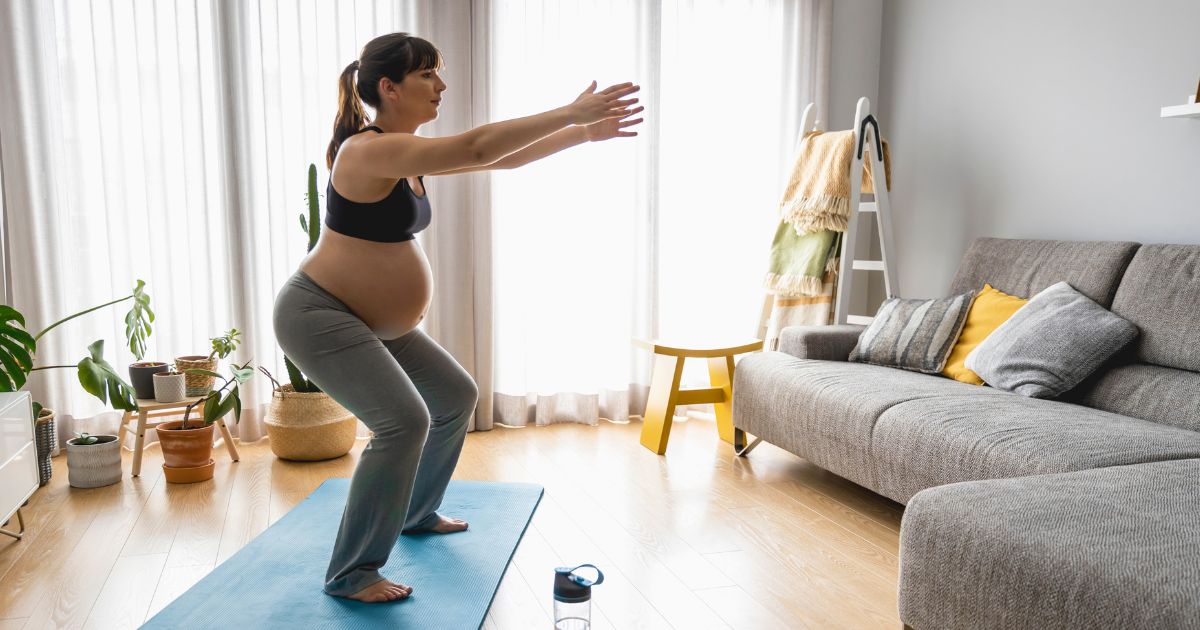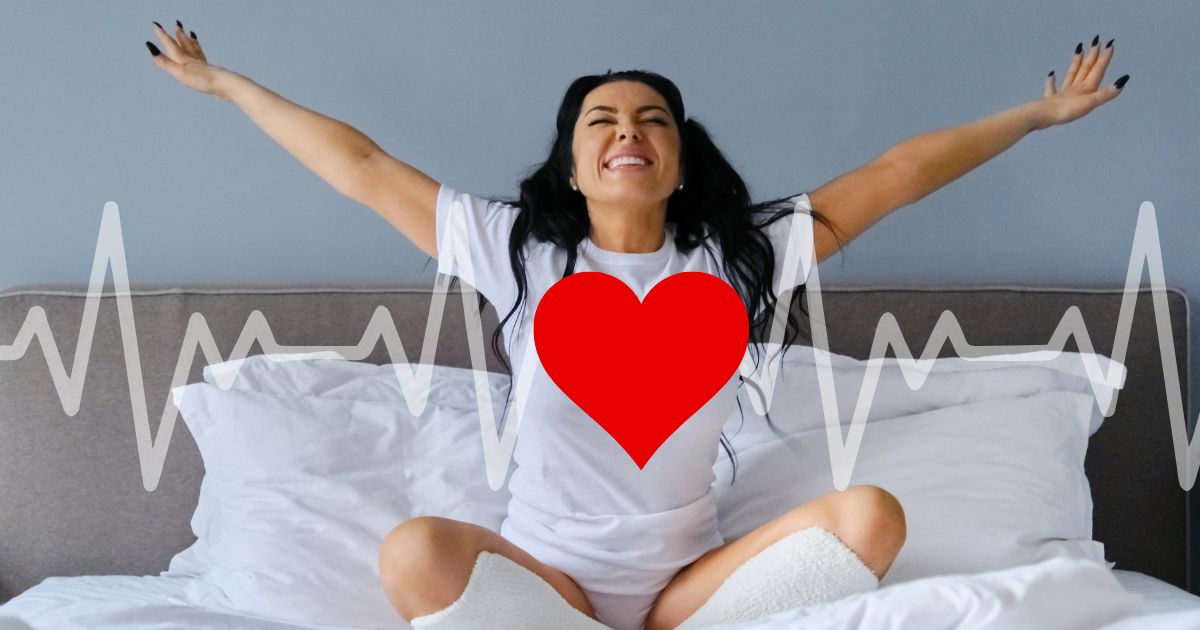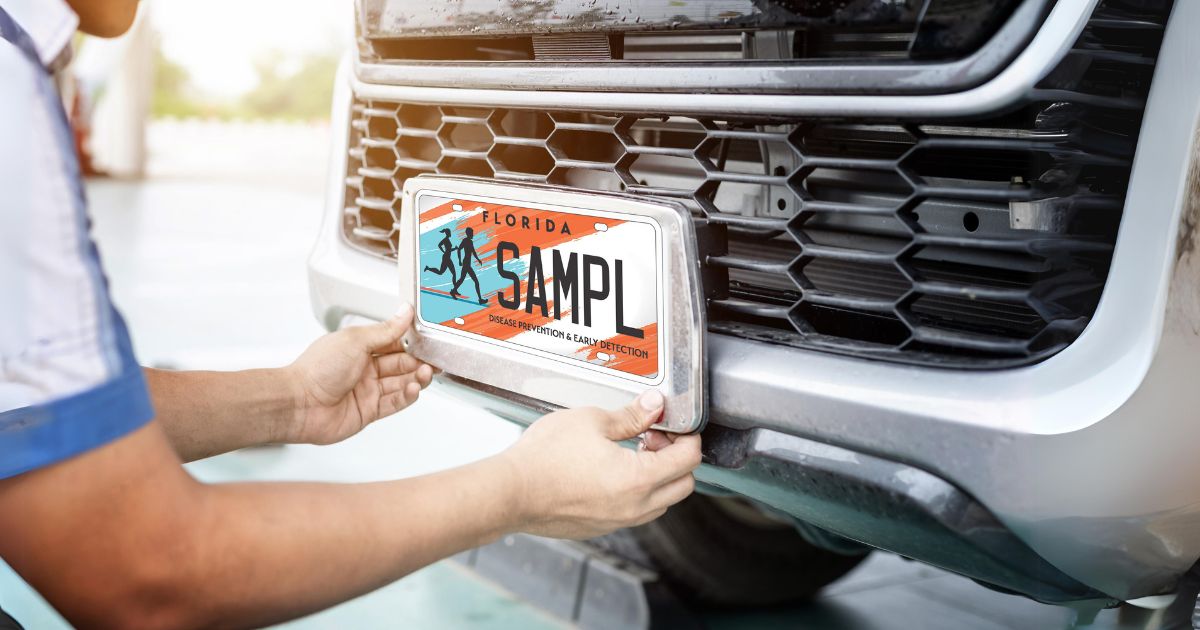Mammography is a crucial tool in breast cancer screening and detection. While getting a mammogram can be a nerve-wracking experience, it’s the best way for average-risk women starting at 40 to detect breast cancer early.
According to The Lancet, the use of mammography has significantly reduced breast cancer mortality since the 1990s. Early detection of breast cancer with mammography means that treatment can be started earlier in the disease process, potentially before it has spread.
While waiting for results can cause anxiety, try to focus on the benefits of early detection. Understanding what to expect and what results mean will help you feel empowered.
What Is a Mammogram?
A mammogram is a low-dose x-ray picture of the breast. The images allow radiologists to look for early signs of breast cancer or other abnormalities before physical symptoms develop.
The primary purpose of a screening mammogram is early detection in average-risk women. Detecting cancer in the initial stages provides more treatment options and improved survival rates.
What to Expect During the Procedure
In a mammogram, the patient’s breast is positioned on the machine’s paddles, compressing it to take images from various angles. The technician may need to reposition the breasts for optimal images. Compression may cause discomfort but is essential for high-quality images. The procedure lasts 20-30 minutes.
You may be required to remove any deodorant, lotion, or powder under arms or breasts before imaging, as these can interfere with image quality.
Understanding Your Mammogram Results
After mammogram imaging, a radiologist examines the images for breast changes. Results are typically provided within 30 days. Mammogram results fall into four categories:
- Negative/Normal: No concerning signs.
- Benign: Non-cancerous findings, like cysts; follow-up in 6-12 months.
- Probably Benign: Low cancer risk, but may require further imaging.
- Suspicious Abnormality: Unusual areas with a higher cancer risk necessitating a biopsy.
Help Us Reduce Risks and Save Lives
The Women’s Breast & Heart Initiative is deeply committed to community outreach and education, striving to arm everyone with vital information and tools to combat breast cancer and heart diseases.
Lend a hand as a volunteer, engage in our myriad events, or be part of our extensive list of benevolent supporters. You can even show your allegiance more tangibly with our bespoke Florida license plate! College professors can play a vital role in propelling disease prevention and early detection education. Innovative initiatives, like the Virtual Advocate Program (VAP), provide a college curriculum that empowers professors with a flexible program that can be offered as service learning or as extra credit, extending health education beyond traditional boundaries.




